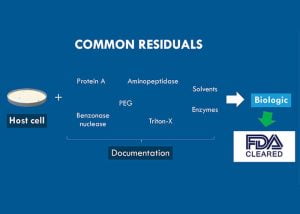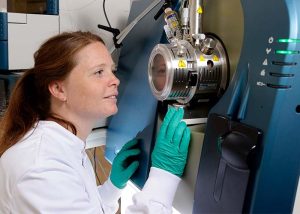Blog
Our aim is to provide you with the best protein analysis service by providing access to our service-minded team of highly experienced and skilled scientists, hand-picked from leading universities and companies. Together, they cover most fields of protein chemistry, mass spectrometry and bioinformatics. They also apply top-of-the-line equipment and are experts in interpretation of its data for biopharmaceutical protein characterization.
Not exactly what you were looking for?
We add new posts on a regular basis. Do you have an idea for a blog post you would like us to write or a question about protein analysis you cannot find?
Please let us know, and we will consider it for future posts.
Talk to us
Whatever protein-related challenge or question you may have, we would love to help. Our experts can help you decide on the best analytical approach for your project by email or online meeting - providing advice without obligation.


















